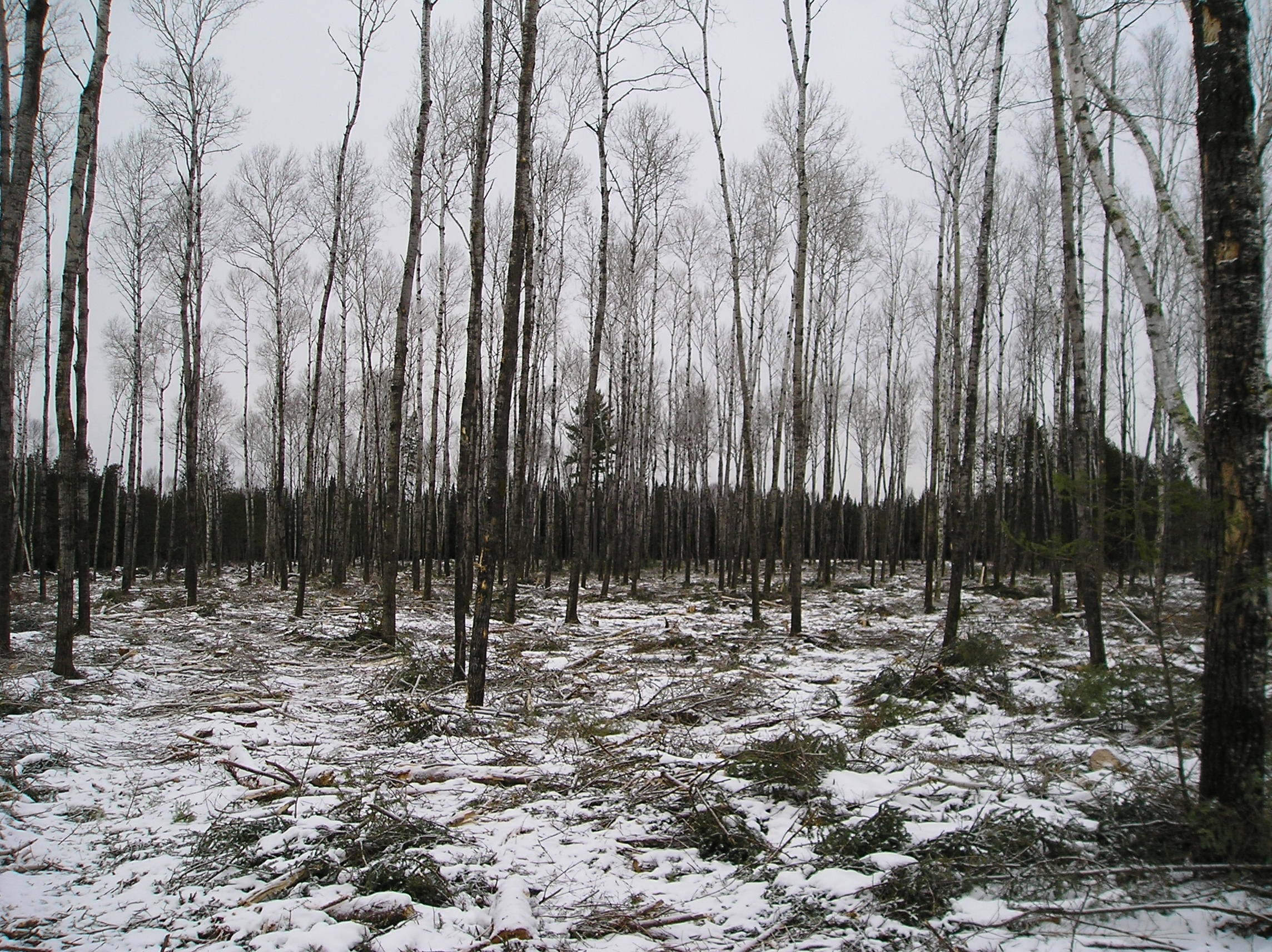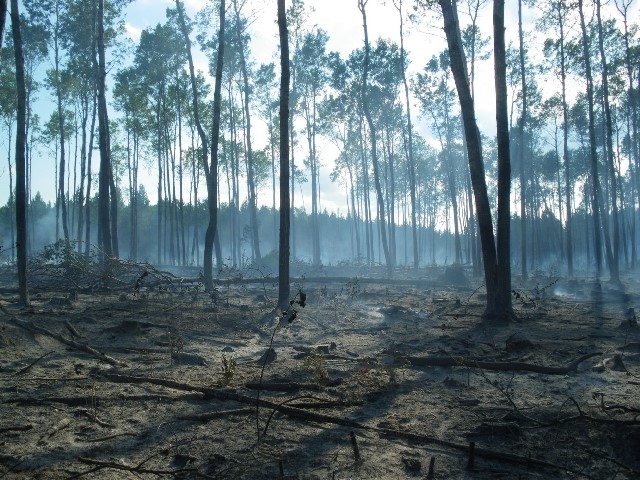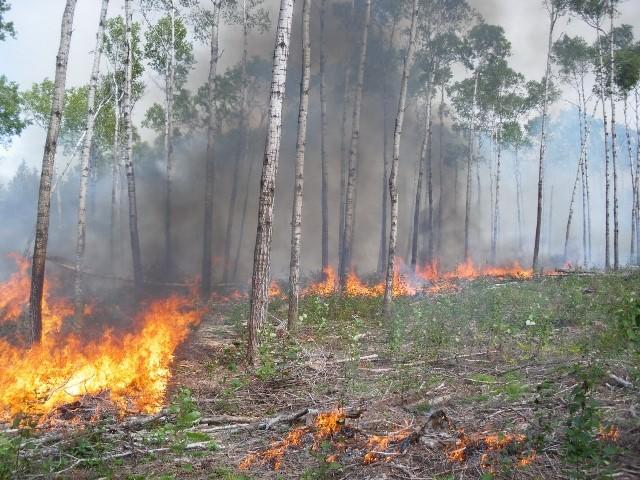Silviculture Objective(s)
Landscape management plans including this area called for an increase in white pine. After a stand exam and discussion of prescription options, management objectives to convert/increase white pine were designated for this stand. The desired future stand condition is a “soft” conversion to a white/Norway pine type. At the very least, restore a satisfactory amount of pine as a component of the stand (200 trees/ac.)
Pre-treatment stand description and condition
Stand establishment and management history:
Aspen ~ 25 cd/ac, Balsam Fir ~8 cd/ac, Birch ~ 2 cd/ac. Stand was put on the annual stand exam list due to being at rotation age for aspen. Bill Julson, Forestry Technician at Northome, recognized the site as FDn33 and as having potential for white pine. The stand is on a sandy ridge with much pine on the uplands and surrounded by lowland conifers and swamp.
Silviculture Prescription
The treatment regime was established as follows:
- Shelterwood regeneration harvest – 6/3/2009
- Site prep via prescribed burn – 9/16/2009
- Site prep via anchor chain to scarify site prior to seeding/planting – 11/5/2009
- Aerial seed white pine – 4oz/ac – 4/18/2010
- Augment with planted bare root white pine – 600/ac – 4/25/2010
- Seedling protection –, Plantskydd (repellant)- 10/13/2010, Fall 2011, Fall 2012, Fall 2013, bud caps Fall 2014
- TSI – brush saw aspen competition – 8/16/2013

Figure 1. Gemmel Ridge site map

Figure 2. Gemmel Ridge site post-harvest.
What actually happened during the treatment
Harvest retained a residual basal area of about 40-60 ft2/ac Aspen.
Burn went well, but was spotty due to wet areas.
Anchor chain was difficult due to remaining slash and stumps, and probably was not necessary.
Seeding went as planned, and weather was good following application for germination and seedling growth.

Figure 3. Gemmel Ridge prescribed burn in progress.

Figure 4. Gemmel Ridge site immediately post-burn.
Post-treatment assessment
Regeneration survey 5/11/12:
White pine – 1,578 tpa, 100% stocking, 1-2’ tall
Red pine - 62 tpa, 12% stocking, 1-2’ tall
Jack pine - 62 tpa, 12% stocking, 1-2’ tall
Trembling aspen – 4,000 tpa, 95% stocking, 2-6’ tall
Plans for future treatments
Release pine from competing aspen, plus 1 or 2 more years of protection – bud caps
Costs and economic considerations
Timber sale revenue minus:
Rx burn - $2,239.95
Anchor chain - $1,000.00
Aerial Seeding - $1,204.77
Planting - $ 3,346.10
Protection (Plantskydd) - $879.90
Protection (Plantskydd) - $979.29
Protection (Plantskydd) - $1,299.90
Protection (Plantskydd) - $1,299.90
Release, brush saw - $1,488.90
Summary / lessons learned / additional thoughts
Good example of recognizing site potential that may differ from preliminary plan prescription. Some treatments may not have been necessary on this site to attain the same results.
A late spring, early summer burn one year after harvest may have helped reduce aspen competition. Burn did little to create a seed bed, but white pine seeding worked anyway.
Planting was to “hedge our bets” due to risk associated with seeding, e.g. weather. One herbicide release treatment may be more prudent than multiple brush saw treatments.
Protection from deer browse is a significant cost to white pine regeneration. Bud capping is cheaper and seems to do as good a job as Plantskydd.
Supplemental Content
Submitted by
Mike Locke
Mike's project was started while Northome work station was in the Blackduck Area, NW Region of DNR Forestry. Bill Julson, Forestry Technician was assigned the stand exam and initiated the project. Matt Pollard, Blackduck Area Silviculture Program Leader at the time and Mike Locke, NW Region Silviculturist consulted on the prescription and contracting of treatments. Greg Vollhaber, Bemidji Area Assistant Supervisor was the burn boss for the prescribed burn treatment.
